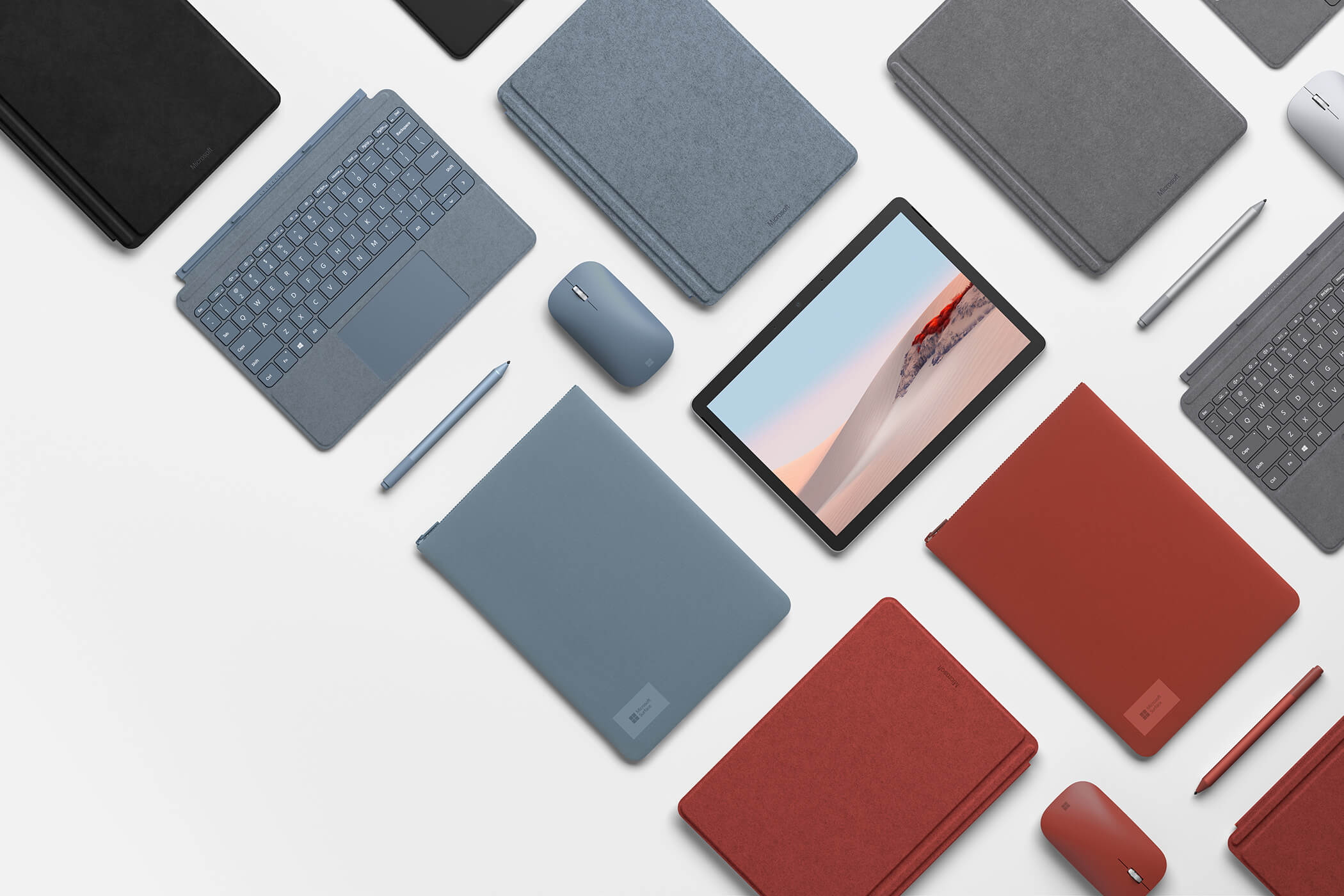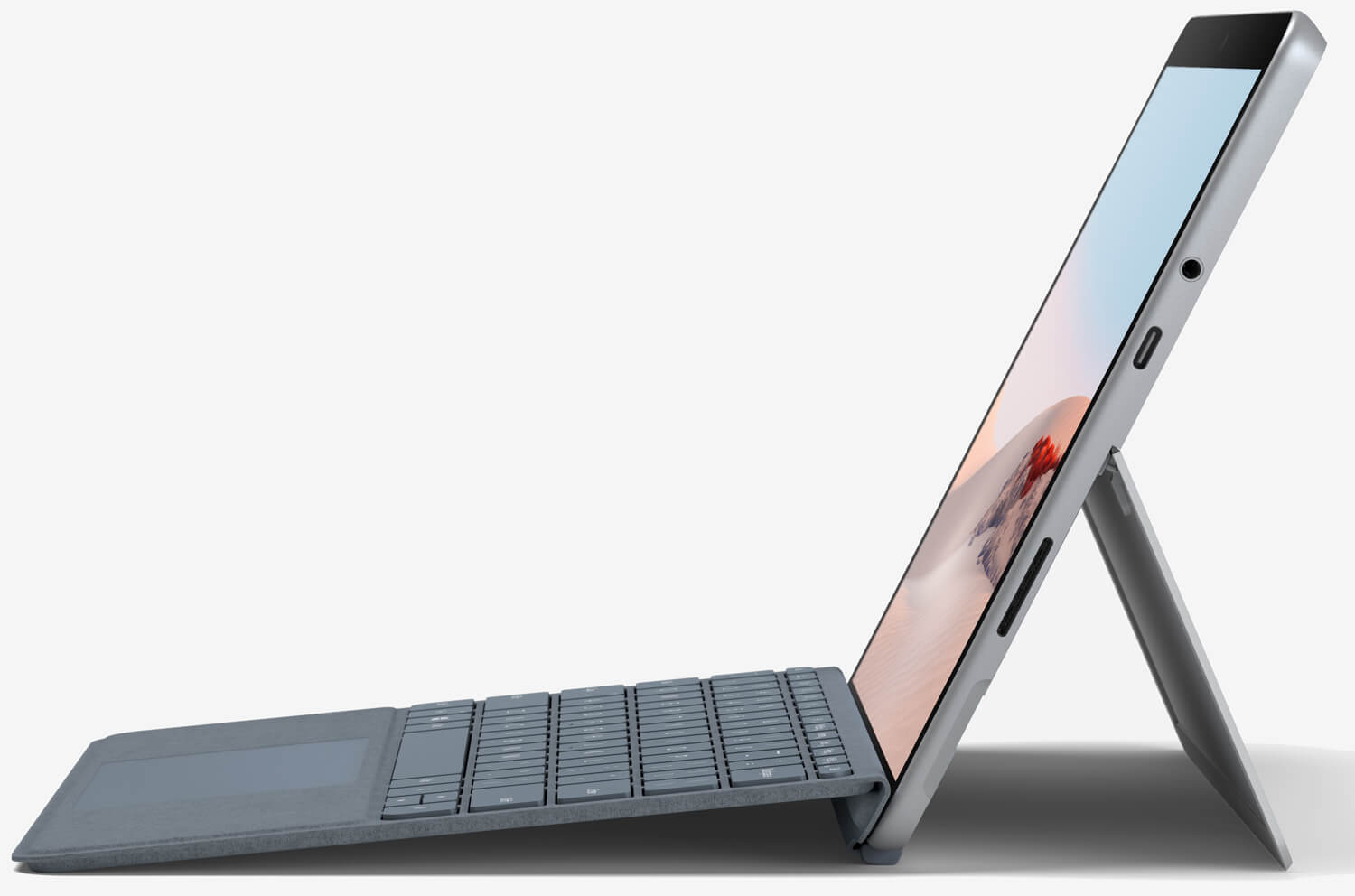Bottom line: Microsoft on Wednesday introduced a slew of new Surface-branded hardware including the Surface Go 2, Microsoft’s alternative to the more expensive Surface Pro. From $399, it looks to be a decent value if you're wanting something with the flexibility of a tablet and the productivity of a notebook.

The new Surface Go 2 retails the same thin and lightweight design as the original but ups the ante in a few key areas. For example, you now get a slightly larger 10.5-inch PixelSense display (1,920 x 1,280 resolution, 220 PPI) as well as improved battery life. Buyers now have the option to configure the portable with up to an 8th generation Intel Core M processor for as much as 64 percent faster performance compared to the original.

Chief Product Officer Panos Panay said they also added their dual microphone solution, Studio Mics, to boost voice clarity and reduce background noise, as well as a 5-megapixel camera for those increasingly important Teams meetings.
Battery life, meanwhile, is rated at up to 10 hours courtesy of a physically larger unit and reduced power consumption.
As Ars correctly points out, if you’re looking for something that is a little more tablet than a Chromebook and a little more laptop than an iPad, Microsoft’s new Surface Go 2 might be worth a look.
Pricing starts at $399 for the entry-level Surface Go 2 which includes an Intel Pentium Gold 4425Y processor, 4GB of RAM and 64GB of storage. Microsoft said the first units will go out on May 12.
https://www.techspot.com/news/85122-microsoft-unveils-surface-go-2-larger-105-inch.html